— 6 min read
12 Proven Strategies to Improve Construction Site Safety


Last Updated Sep 24, 2025

Thomas Tracy
Financial & Insurance Advisor
13 articles
Thom is a group benefits consultant with over 25 years of experience as an insurance and financial advisor. He has written for Quickbooks, tED Magazine, Investopedia, the National Bank of Arizona, and others.

Julia Tell
Contributing Writer
61 articles
Julia Tell is a freelance writer covering education, construction, healthcare, and digital transformation. She holds a Ph.D. in Media & Communications and has written for publications including Business Insider, GoodRx, and EdSurge, as well as nonprofits, international businesses, and educational institutions.
Last Updated Sep 24, 2025
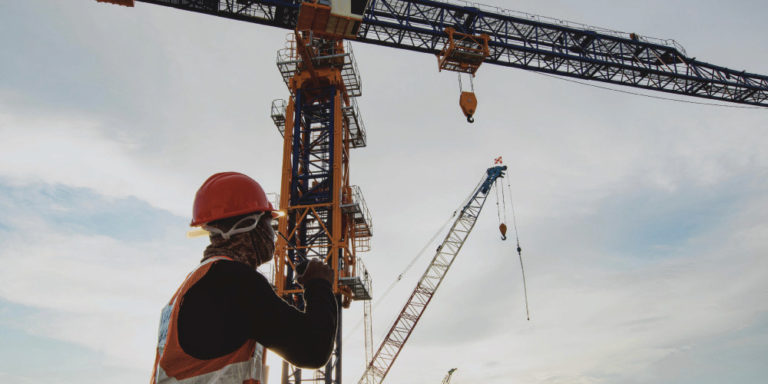
Construction is a risky business by almost any measure: It not only has one of the highest business failure rates of any industry, but construction work also sits atop the list of the most dangerous jobs. In 2019, the construction industry accounted for about 20% of all work-related fatalities in the U.S. Because this line of work has a greater chance of injury or death than others, construction site safety is a priority for contractors to make sure work zones are safe and workers are protected.
In this article, we’ll explore the most common jobsite safety risks — and 12 key strategies for contractors to improve safety for all parties involved.
Table of contents
1. Make safety a priority.
Safety starts at the top of the organization. Owners and company leaders need to prioritize safety within their company culture. When compliance and accident prevention are part of the daily messaging and work routine, everyone becomes involved in safer operations.
Keep in mind that any safety program’s success will hinge on consistent messaging and constant interaction with employees.
2. Create a comprehensive site safety plan.
A comprehensive and actionable safety plan will help meet compliance standards and reduce risk on the jobsite.
At a minimum, a quality safety plan will include the following:
- A description of each project: its scope and location plus general site conditions
- Description of identifiable hazards on the project jobsite
- Contact information for key safety and emergency personnel
- Procedure and protocol for handling common safety issues and emergencies
- A description of local, state and federal safety regulations
- Instructions for reporting safety incidents or hazards, including “near misses”
- Feedback instructions for the plan itself
Contractors should review and update their safety plans periodically.
3. Conduct regular jobsite safety training.
Once a safety plan is in place, the key to avoiding mishaps revolves around training. It’s especially important to train new hires or those who don’t have construction site experience. By the same token, training should be a regular exercise for employees who are veteran construction workers since safety reinforcement will help the cause.
In addition to trainings, employers should conduct safety stand-downs, events where employers engage directly with employees about safety. These safety gatherings are sometimes reactive, but they can be an amazing proactive safety tool in which a project team holds a stand-down to ensure that their workforce is aware of the incident or risk and takes steps to prevent a similar occurrence on their site.
4. Encourage all workers to report safety issues.
The safety culture begins at the top, so leaders who model safe behaviors and proactively implement safety measures encourage all workers to participate.
Workers should feel empowered to report any risks they identify, rather than fearing reprimand. Rewarding employees who communicate unsafe conditions to managers, pause to implement safer practices and report near misses can help companies develop a positive safety culture throughout the organization.
Behavior-based safety focuses on modifying an individual's unsafe actions, often leading to blame and punishment when incidents occur. In contrast, Human and Organizational Performance (HOP) focuses on understanding why an action made sense in the moment and then implementing controls to prevent negative consequences without trying to change the person's behavior.
In construction, behavior-based safety might involve a safety expert telling workers how to do their job differently to avoid risks. HOP, however, would involve working with the field teams to identify potential hazards and implement defenses, recognizing that no one goes to work intending to get hurt.
An example of a HOP approach in construction is the use of fall protection (guardrails, restraint devices, fall arrest systems), which don't prevent a fall but prevent severe injury by creating barriers or preventing access to an edge.

Sam Olliges
Senior EHS Coordinator
Landmark Structures
5. Service and update equipment regularly.
Old, worn equipment and tools can malfunction or break and cause injury. New, ergonomic tools and equipment have benefits that are two-fold.
Modern tools of the trade can help productivity and reduce body strain that can lead to musculoskeletal injuries. This investment can also help cut down on struck-by and caught-in incidents, two common hazards on the jobsite.
6. Wear proper PPE.
When leaders and visitors visit the site, make sure they wear PPE to demonstrate a committment to safety procedures for every person on site. Perform a thorough risk assessment to determine the specific PPE requirements for each task, considering factors such as exposure to hazardous materials, noise levels and potential fall risks.
Provide workers with appropriate PPE, which must be regularly inspected for damage and replaced as needed. Train workers on the correct way to wear and store their protective equipment. Encourage workers to consistently use PPE and report any safety concerns immediately. Key types of PPE include:
- Hard hats
- Safety goggles
- Gloves
- High-visibility clothing
- Steel-toed boots
- Hearing protection
- Respirators and masks
- Fall arrest systems
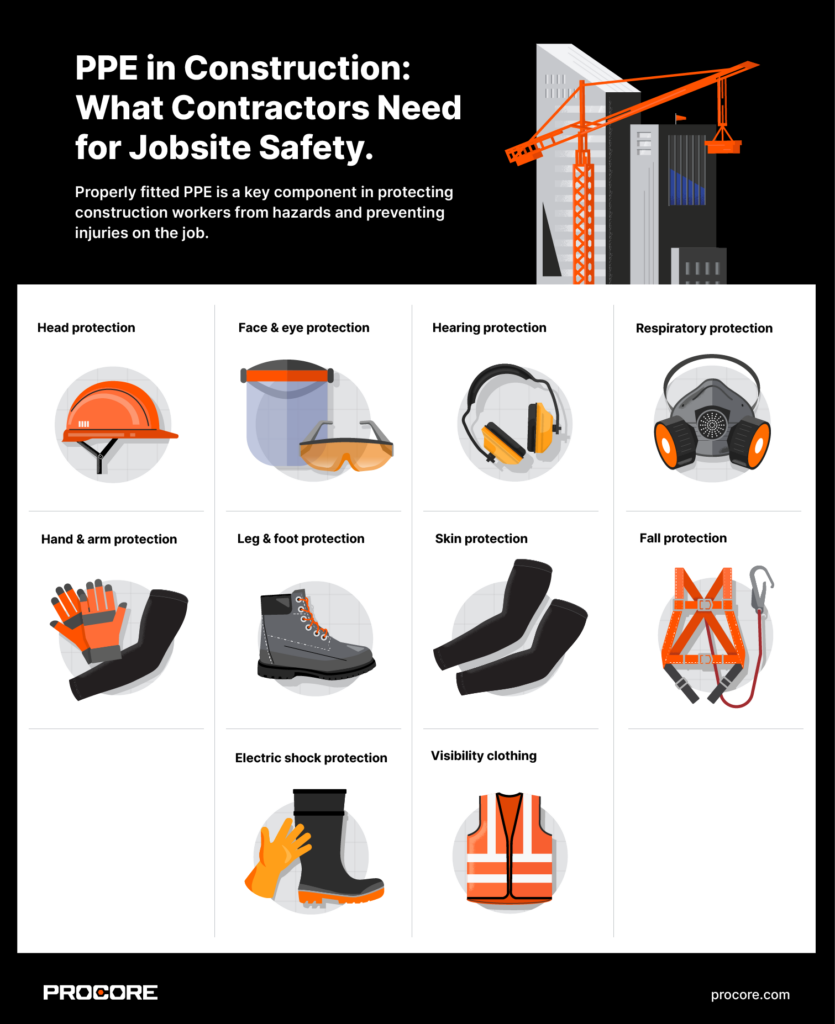
7. Keep open lines of communication.
After a jobsite is evaluated for potential hazards, distribute information throughout the organization so that all stakeholders and employees are aware of any adverse conditions. Modern technology, including smart devices and construction management software, makes real-time communication simple between the office and the jobsite.
Go beyond OSHA regulations.
The Procore Safety Qualified program provides construction professionals with everything they need to know to create a culture of safety.

8. Maintain a clean and orderly worksite.
A cluttered and unorganized workspace adds unnecessary safety hazards. Keeping supplies and materials properly stored, maintaining accessways and removing waste from site promptly minimizes risks. Keep a regular cleaning schedule and monitor site cleanliness in daily walkthroughs.
9. Pay attention to the 'Focus Four'
When implementing new safety measures, make sure there's mitigation in place for OSHA’s “Focus Four” most common hazards, sometimes referred to as the “Fatal Four”:
- Falls
- Struck-by
- Electrocutions
- Caught-in-between
Falls are the most common workplace incident, so make sure that guard rails, safety nets and personal fall arrest systems are in place.
To prevent struck-by and caught-in-between incidents, maintain distance between workers and equipment, wear high-visibility clothing and make sure workers remain aware of their surroundings.
Follow all safety protocals when working with electrical systems, including grounding, identifying live wires and using lockout/tagout procedures.
10. Document and track safety incidents.
As the saying goes, “you can’t manage what you don’t measure.” Managing and reducing safety requires contractors to keep a careful record of injuries as well as near misses.
Modern construction software platforms include tools to record and report on safety incidents. Regular construction safety reports help managers identify the root cause of common hazards and reduce future impacts. Proper and detailed documentation could make a difference in a legal case in which responsibility for a mishap must be determined.
11. Prepare an emergency response plan.
Have a plan ready in the event of a natural disaster, fire, hazardous material spill or other emergency situations arise. Identify a team to manage the response to any crisis and safely return to work when the incident is over.
12. Work with an insurance provider.
Contractors often carry a variety of insurance policies to protect their company from financial loss in the event of a mistake or accident on the jobsite. Construction insurance companies have a vested interest in reducing claims, and they can often provide tools and recommendations to reduce jobsite risk — and premium costs.
Keeping worksite crews healthy and safe is important in and of itself. But safety is also a necessary business practice for construction companies.
Be the blueprint for proper site safety.
A commitment to safety creates a positive work environment and demonstrates true care for every individual on the jobsite.
Prioritizing construction site safety is a sound business practice. Leveraging project management software to track and organize documents and increase visibility to site activities helps contractors significantly reduce risks, protect their workforce and boost their company's success and reputation.
Was this article helpful?
Thank you for your submission.
100%
0%
You voted that this article was . Was this a mistake? If so, change your vote
Scroll less, learn more about construction.
Subscribe to The Blueprint, Procore’s construction newsletter, to get content from industry experts delivered straight to your inbox.
By clicking this button, you agree to our Privacy Notice and Terms of Service.
Thank you!
You’re signed up to receive The Blueprint newsletter from Procore. You can unsubscribe at any time.
Categories:
Written by

Thomas Tracy
Financial & Insurance Advisor
13 articles
Thom is a group benefits consultant with over 25 years of experience as an insurance and financial advisor. He has written for Quickbooks, tED Magazine, Investopedia, the National Bank of Arizona, and others.
View profile
Julia Tell
Contributing Writer | Procore Technologies
61 articles
Julia Tell is a freelance writer covering education, construction, healthcare, and digital transformation. She holds a Ph.D. in Media & Communications and has written for publications including Business Insider, GoodRx, and EdSurge, as well as nonprofits, international businesses, and educational institutions.
View profileExplore more helpful resources

Why Don’t We Protect the Whole Person?
Behind every safety incident is a person — and behind that person is a story we rarely ask about. Were they already exhausted before they arrived on site? Did they...
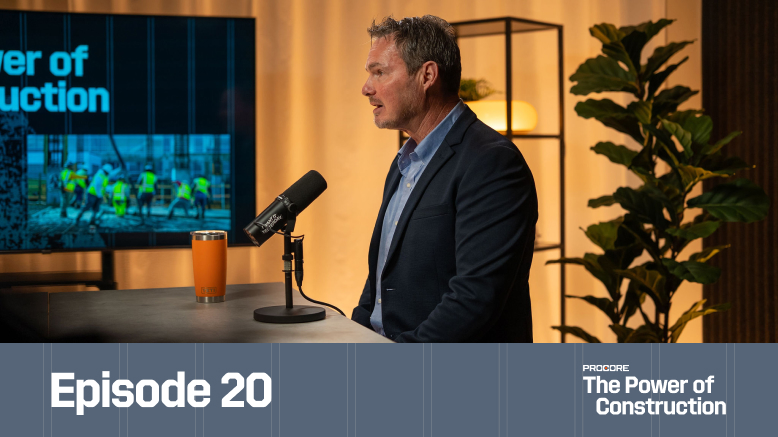
What Drives Better Safety Outcomes—Carrot, Stick, or “Zero Harm”?
On paper, construction has never looked safer. In reality, mental health claims are rising, workers are disengaged and the compliance playbook is broken. Garry Mansfield, co-founder of Scratchie, argues the...
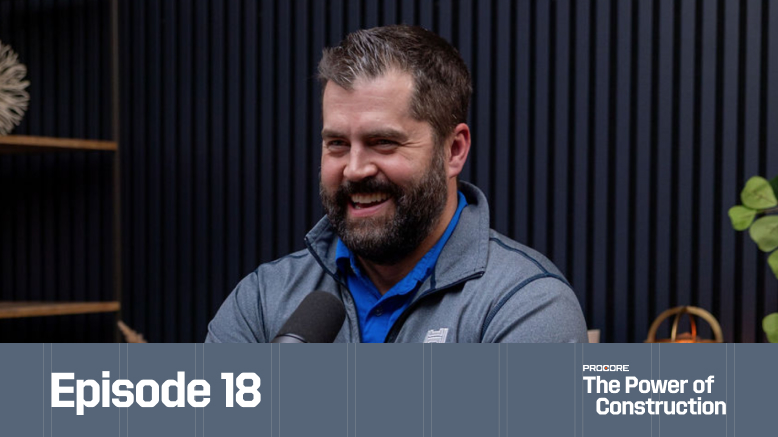
How Close Are We to Bridging the Design-Build Divide?
For decades, construction decisions have often been made based on gut instinct. But what if the real barrier to transformation isn’t technology—it’s the divide between design and construction? In episode...
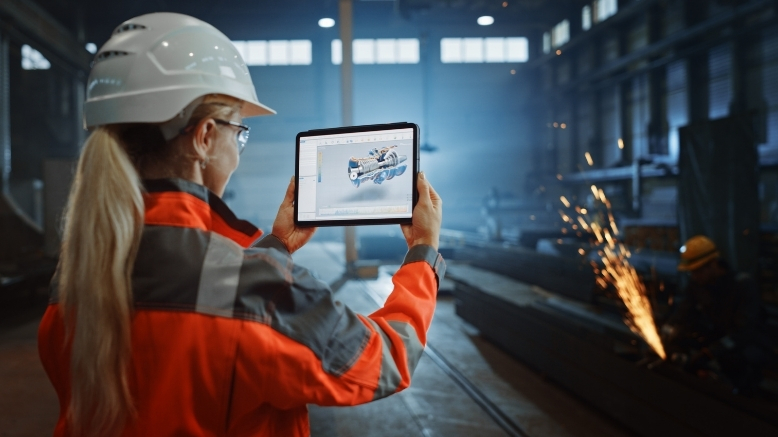
Gain Without Pain: Leveraging Technology for Strategic Safety Programs
In safety, there is always room for improvement, and technology creates the ability to scale safety programs that drive risk mitigation, operational efficiencies and competitive advantage. In fact, builders who...
Free Tools
Calculators
Use our calculators to estimate the cost of construction materials for your next project.
Templates
Find a template to help you with your construction project tasks.
Material Price Tracker
Get the latest U.S. retail prices and view historical trends for common building materials.
Glossary
Explore key terms and phrases used in the industry.
